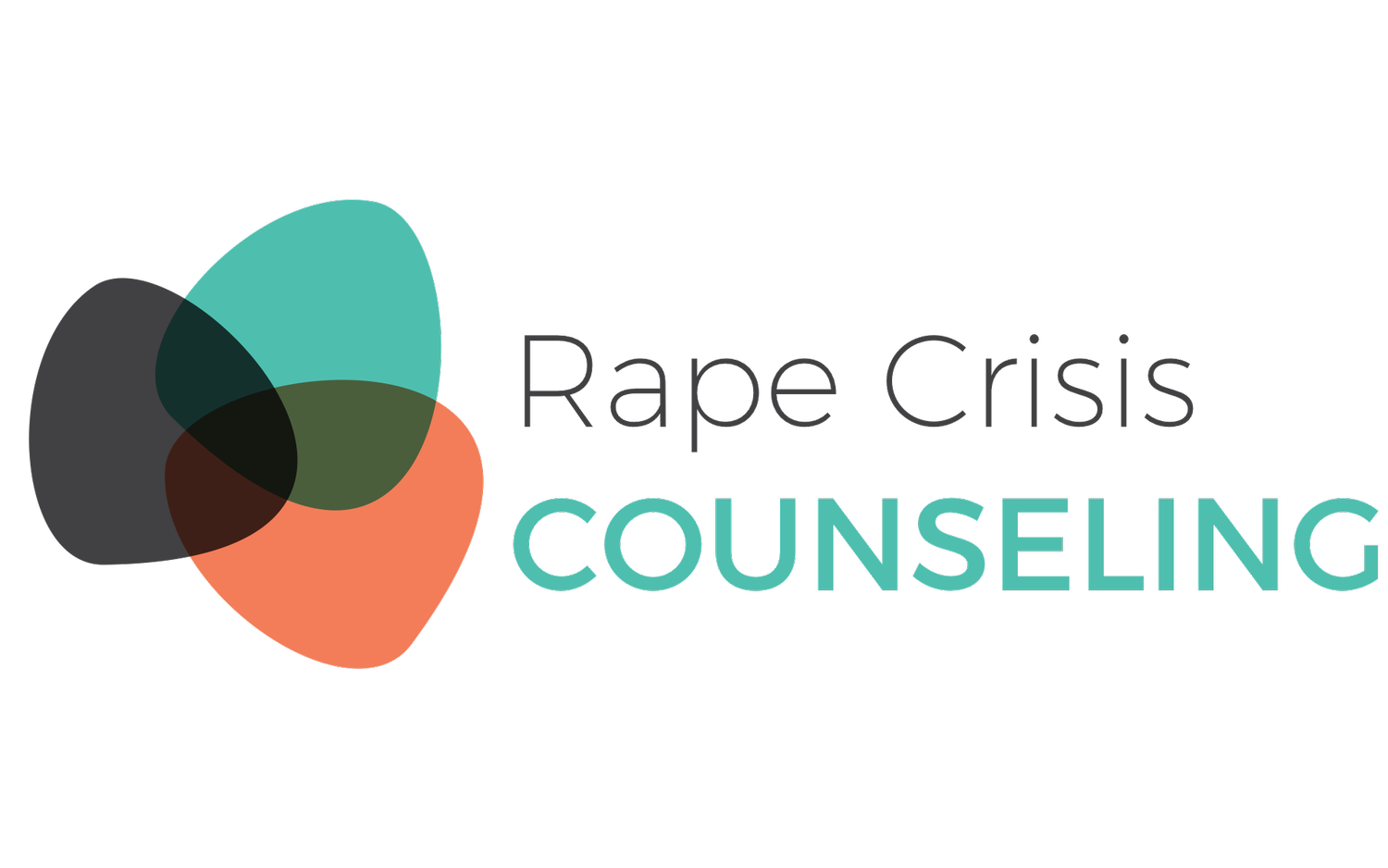5.2.2 Physical Safety from Sexual Assault
When a partner becomes physically violent if the survivor says no to a sexual activity, it may be safer for them to ‘give in’ in order to protect themselves.
If this happens, it can be helpful to remind survivors that this does not mean that they consented to what happened nor that what happened was their fault or responsibility.
Making choices to protect someone’s safety, including one’s own, is survival; it is not consent.
If someone does not feel safe enough to say no, consent is not possible.
It can be helpful to remind the survivor that everyone deserves a partner who treats them with respect at all times.
Here are some safety planning ideas for survivors of intimate partner violence if the survivor does not live with their partner:
Try to only spend time with the partner in public.
Take a friend along when visiting the partner.
Avoid seeing the partner in the places or at the times of day when sexual abuse typically occurs.
Here are some safety planning ideas for survivors of intimate partner violence if the survivor lives with their partner:
Stay at a friend or family member’s house or in a different room.
Tell the partner that they have business or a family emergency and that they need to go out of town.
After bedtime, ask a friend or family member to call them and pretend there is a minor emergency that requires the survivor to be with them.
Fake an illness such as a urinary tract infection, yeast infection or something else that prohibits the survivor from having sex.
Whether or not the survivor decides to use strategies to avoid sexual activity, won’t change whether their partner is abusive or not.
If someone chooses to be abusive, no one else can prevent them from being so.
